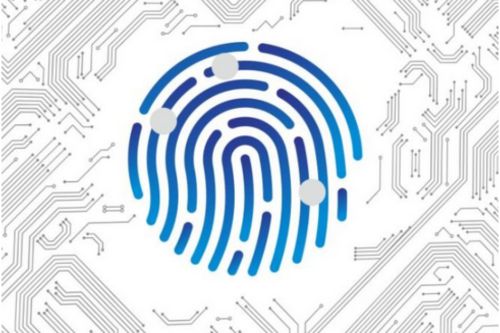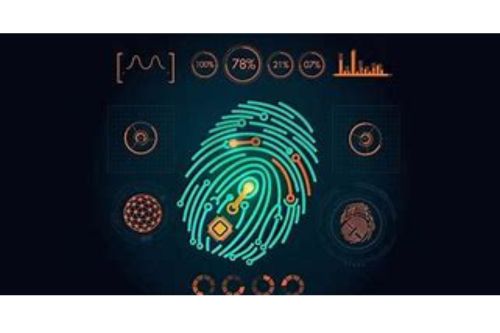Can a fingerprint browser bypass network regional restrictions?
In the globalized internet environment, network regional restrictions are a common practice implemented by many websites and online services to comply with local regulations, copyright protection, or market strategies. This practice often restricts access to specific content or services based on the user’s IP address. However, such restrictions can sometimes hinder users from accessing necessary information or websites, such as social media platforms and cross-border e-commerce platforms. As technology advances, solutions to bypass these restrictions have emerged, with the application of fingerprint browsers being particularly prominent. This article will explore why there is a need to bypass network regional restrictions, how fingerprint browsers help users do so, analyze their working principles, practical effects, and application scenarios, and provide usage suggestions.
The main advantage of bypassing network regional restrictions is the expansion of users’ access range and experience. Regional restrictions often prevent users from obtaining specific information, services, or entertainment content, while bypassing these restrictions allows users to access a wider array of information and resources.
Moreover, for some international users, bypassing regional restrictions enables them to access localized content and services, enhancing their user experience. For cross-border sellers or advertising and marketing users, bypassing regional restrictions allows them to simulate different geographical locations, manage accounts in various countries without regional limitations, and ultimately expand into the global market.
A fingerprint browser is an advanced browser that provides multi-layer privacy protection by creating a unique browser environment to simulate different geographical locations and device characteristics. These browser environments include, but are not limited to, IP addresses, DNS configurations, operating systems, browser types, and screen resolutions. By cleverly disguising these details, fingerprint browsers can make websites believe that the user is accessing from a permitted geographical location.
Working Principles of Fingerprint Browsers to Bypass Network Regional Restrictions
Fingerprint browsers bypass these restrictions by altering or disguising the user’s digital fingerprint. A digital fingerprint refers to a set of identifying information about a user on the internet, including, but not limited to, IP address, user agent (browser type and operating system), language settings, screen resolution, and more. Here are some key technologies that fingerprint browsers use to bypass regional restrictions:
- IP Address Spoofing: Fingerprint browsers can change the user’s IP address through proxy IPs, making it appear as though they are coming from another country or region. This is the most direct method for bypassing geo-based content restrictions.
- User Agent Spoofing: The user agent string informs the website about the type of device and browser the user is using. By modifying this information, fingerprint browsers can simulate devices from different regions, further obfuscating the original geographical location.
- DNS Leak Protection: DNS requests can sometimes leak the user’s true IP address, even if they are using a VPN or proxy. Fingerprint browsers prevent such leaks by ensuring that all DNS requests are sent through anonymous channels.
- WebRTC Leak Protection: WebRTC is a technology that allows direct communication between web pages but can also leak the user’s true IP address. Fingerprint browsers can disable or modify WebRTC behavior to protect user privacy.
- Time Zone Spoofing: Some websites use JavaScript to detect the system time of the user’s computer, which can infer the user’s geographical location. Fingerprint browsers can adjust these settings to align with the target location.
CtrlFire Anti-Detection Browser
The CtrlFire anti-detection browser offers advanced technological solutions that enable users to effectively bypass geographical detection. It not only ensures that users appear to be accessing from permitted regions through advanced IP spoofing technology but also provides cost-effective IP resources, establishing a clean and stable global network. This technology not only enhances users’ access capabilities but also ensures a smooth and secure access process, making it particularly suitable for users and teams that frequently handle regionally restricted content.
In conclusion, fingerprint browsers provide an effective technical means to bypass network regional restrictions, helping users access information and services freely on a global scale. By configuring and using the CtrlFire anti-detection browser appropriately, users can address access barriers caused by geographical restrictions while ensuring security. Click to download the product now and experience the powerful features of the CtrlFire anti-detection browser!







